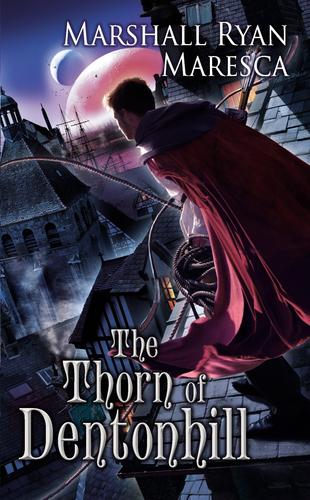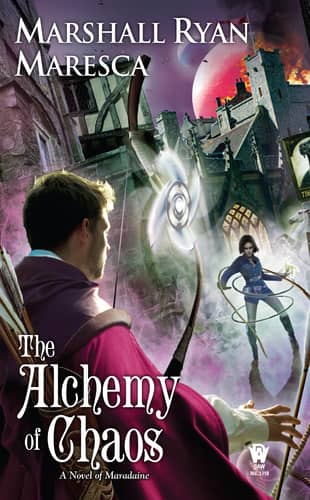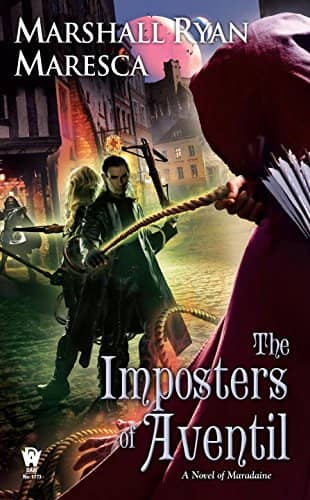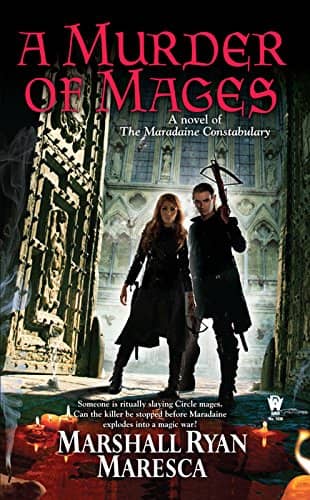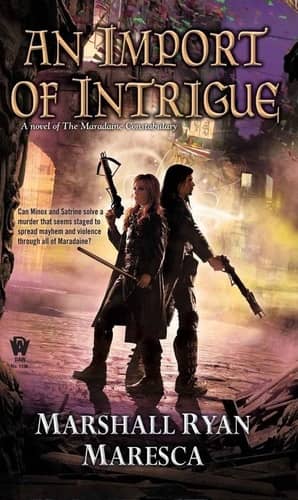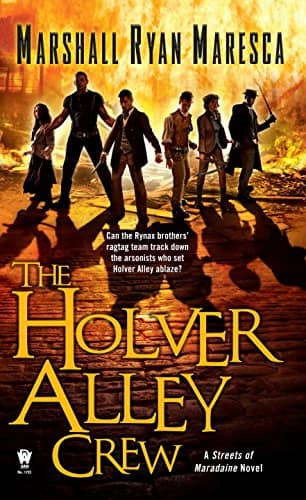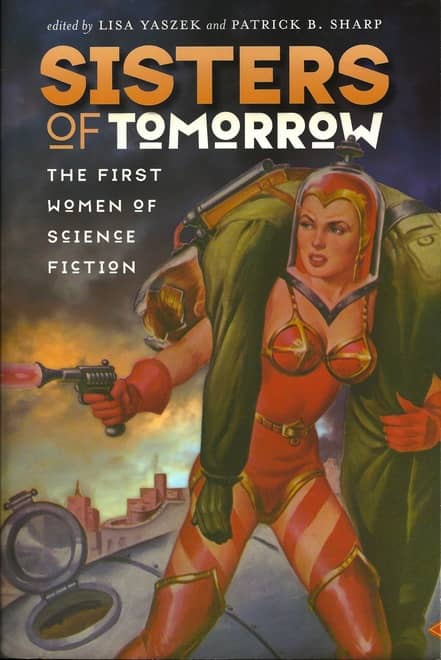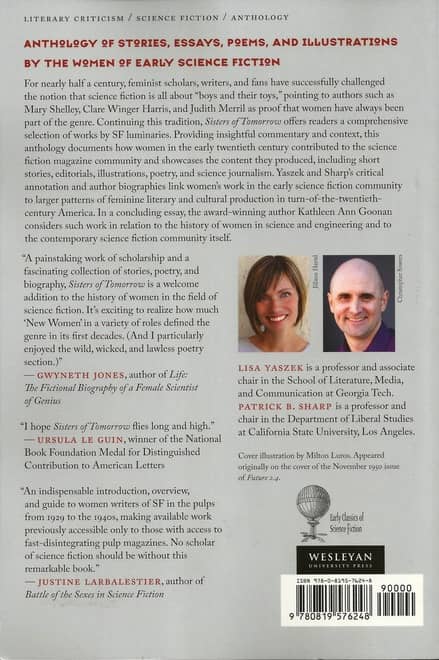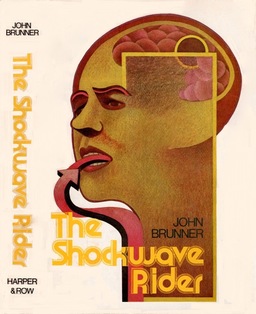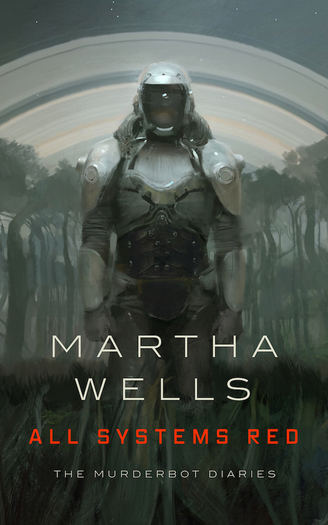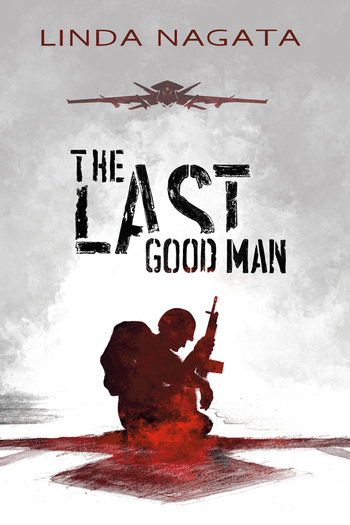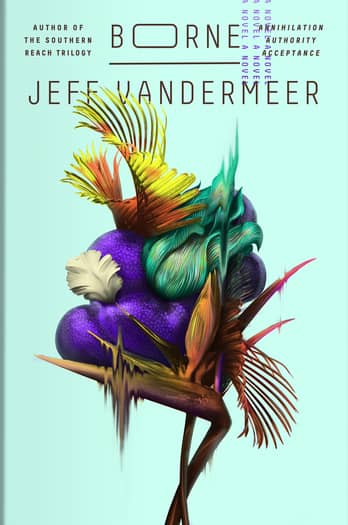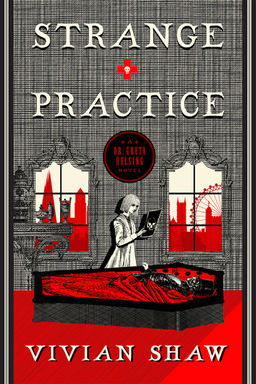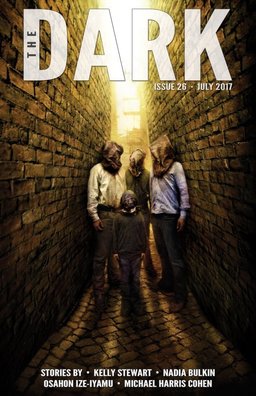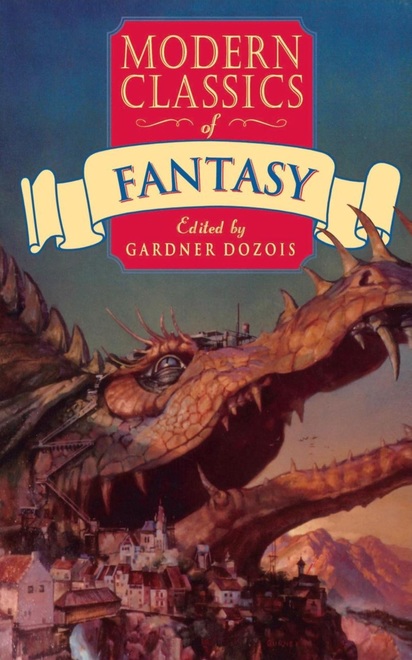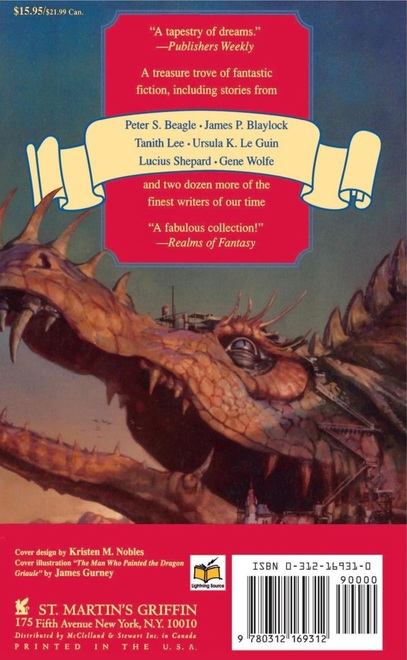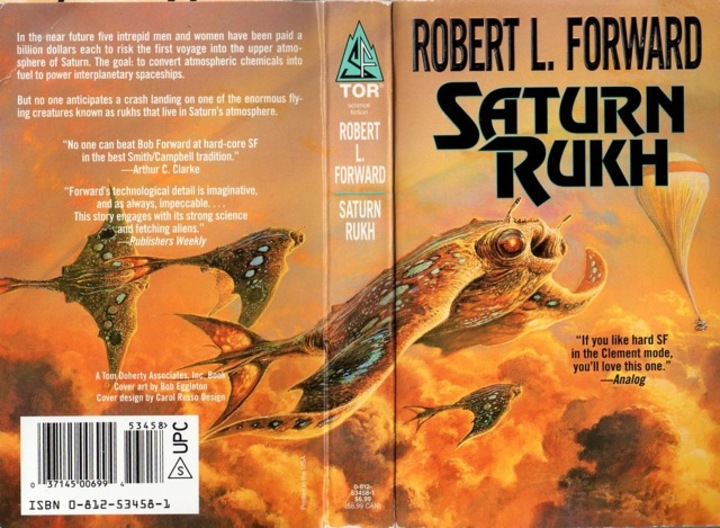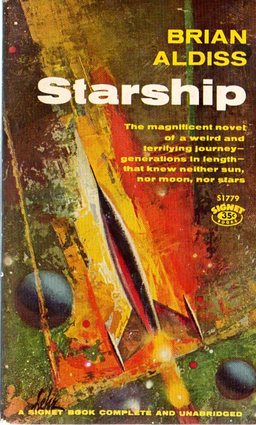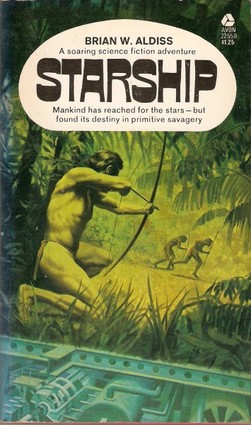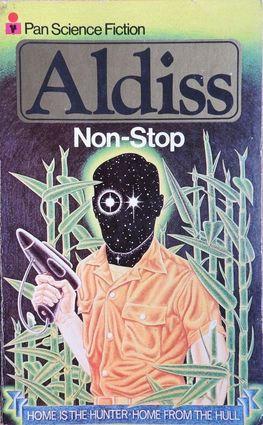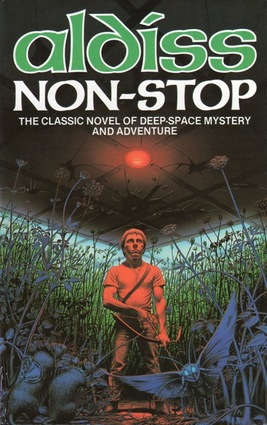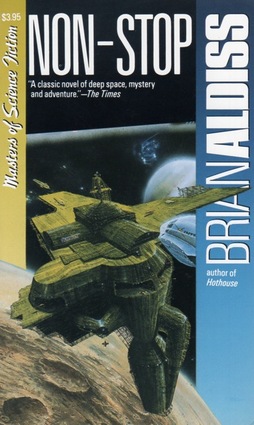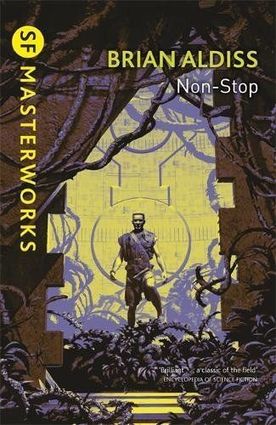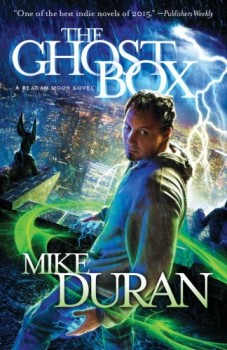 I’d like to keep the monthly schedule going, so please keep sending me books to review — see the instructions here.
I’d like to keep the monthly schedule going, so please keep sending me books to review — see the instructions here.
Reagan Moon is a paranormal reporter working for the Blue Crescent, an LA tabloid. He’s good at his job, and one of the things that makes him so good is he doesn’t believe. Oh sure, there are strange things out there: cults and designer drugs and brain hacks, but nothing supernatural. Nothing that can’t be explained. He hasn’t believed in much since his dad died, and his girlfriend’s, Ellie’s, death less than a year ago only made him more of a cynic.
But tabloids don’t pay a whole lot, and if a rich eccentric wants to pay him to talk to a medium, he’s game. The problem is that Klammer wants him to make contact with Ellie, hinting that she wasn’t incinerated in a freak accident but rather harvested for some grotesque purpose. In grand noir tradition, Reagan is soon dodging the police on suspicion of being involved in the death of said medium. Whether holed up with the Mad Spaniard and his daughters, Kanya and Cricket, in their Asylum for strange artifacts, or following a lead to the Spiraplex, a grand building/science experiment centered around a giant statue of Anubis, and built by Klammer’s old business partner and rival, Soren Volden, Reagan is constantly in over his head.
The Ghost Box is the first book in Mike Duran’s Reagan Moon series. I reviewed the second book, Saint Death, last year, but I figured I should go back and cover the first one. Mike Duran started publishing in the Christian market, writing novels such as The Resurrection and The Telling, both of which contained supernatural elements that don’t neatly fit Christian theology, for which he received blow back from many readers of Christian fiction. The Ghost Box is an effort to get outside the narrow restrictions that limit what he can do in Christian publishing. Mike Duran doesn’t hide his Christian worldview, but neither is he pushy about it.
In fact, it’s clear that Reagan Moon is not a believer in pretty much anything. And there’s no conversion experience in this book. Or rather, it’s not a conversion to Christianity so much as a conversion to hope, an acknowledgment that there’s more to this world than the physical, that our spirits do survive after death.
Of course, to get there, Reagan Moon first has to see it with his own eyes. Enter Rival’s Curtain.
…
Read More Read More
